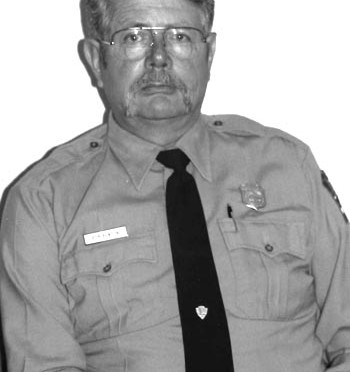Was your thought to start with 19 first?
Nineteen was so big (56). You’re talking about $250,000 in the dollars that I remember. Lots of bucks. I think it would have taken that much. My figures look better at 175. My thinking there was, hey, the National Landmark. That’s where that was gonna have to come from. But the name of the game to the stone house project has got to be to do one. And you can find [it], if you make it a high enough priority within the parameters of Crater Lake. There is money there that in one, outside two, you can get. . . you’d have to go up and, you know, grovel at Stephanie and Laurin, and snivel here and snivel there, but you can get enough money to do one house (57). And do it right. Do it absolutely right. But just do one. The rest will happen.
Did you have a favorite picked out?
No, I didn’t. A lot of people were worried about the nurses quarters, and I wasn’t (58). It would not have been that. It wouldn’t have been 19. The naturalist house is a logical extension spinning off of 19. But the stone houses themselves, take one and do it. And you can do that. That would be a relatively easy task. And once you had it, the rest of them would be just like dominoes. You’d get them one a year. Unless you were lucky and found a sugar daddy someplace along the line and got more than one. But it wouldn’t have been a big deal at all. We would have done that. Have I be gone three years, four years?
You’re on two and one half, almost three?
Well, we’d have had one, maybe two done by now.
March 22, 1994
What do you see as important in changing the emphasis from constructing buildings to maintaining these structures?
In my view, it is a totally different thing. One of the things we always have to remember is there were some really good players that occurred at critical times while I was at Crater Lake. Certainly, we mentioned Kent Taylor as being a real prime mover and a change in interpretation. And the unusual nature of having an historian as a chief interpreter of a natural area. But I think you also have to remember that probably the key thing in straightening out what was just a horrible mess was Gail Menard in administration (59). Gail brought with her that wonderful ability to get things done. Gail got things done that I never would have imagined possible, and at the same time maintained a situation in which everybody liked her. Which is why I always have said she would be a great superintendent. In fact, I even wrote Lorraine Mintzmyer [and said], “Lorraine, please grab that lady and make her superintendent someplace.” But, anyway, when you really look at where administration is today, everything that happened Gail touched, whether it be computers or whatever. Similarly, I think we see Scott Ruesch’s hand as the key element that made maintenance work during the period of time where it was really most delicate (60).


